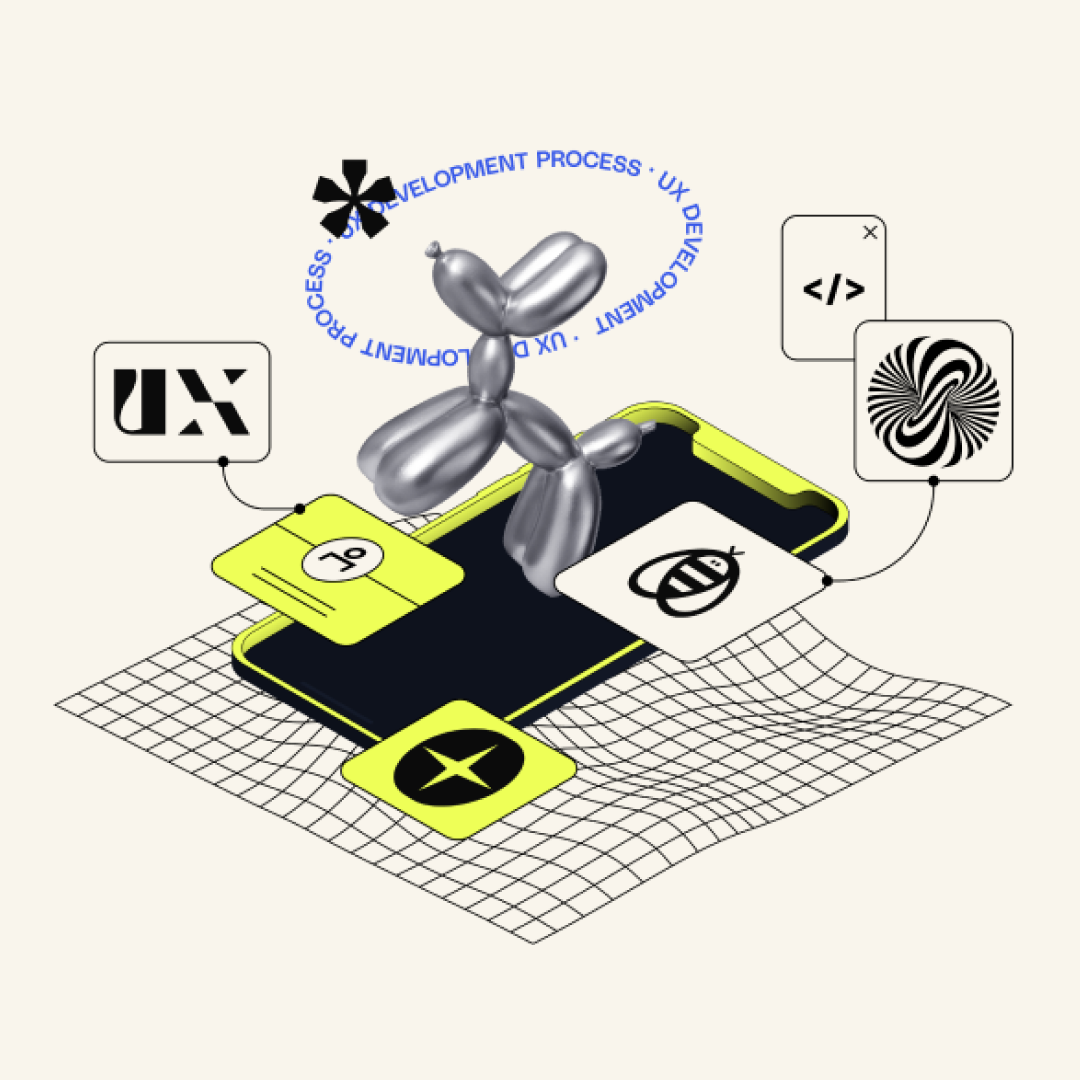UX design, or user experience design, was developed in the early 2000s within the IT industry when user experience on a web page or app became more and more goal orientated. The profession is here to stay and is growing strongly as the world digitalizes at an ever faster pace.
If graphic design is based on artistry, then UX design is based on science. Creating good UX for any service requires analytical skills rather than creative ones. Meaning UX designers often possess a completely different skill set than, for example, a UI designer, who is good at creating a visually appealing website.
What is UX design?
Unlike graphic design, UX design does not focus on color and shape but on the user’s experience of a service which transformed from objectives to use cases and finally to the UX design. The finished design product describes the user’s journey when interacting with the service. The aim is to make this go as smoothly as possible based on the set goals.
Experienced UX designers often recommend their clients to work with UX for specific problems. Too broad a scope often leads to the focus being lost and the UX deteriorating. For a new service with no existing UX, it is natural to define a so-called Minimal Viable Product (MVP) to implement the overall intent of the service. It is good to focus only on these areas and gather input and feedback on expanding and improving the service over time.

Why is UX design needed?
As the world becomes increasingly digitalized, we are developing smarter and more complex services. In addition, companies are getting better at introducing services that are easier to use. In recent years, many things previously considered too complicated to sell over the Internet have successfully been marketed and sold via digital services, for example, houses, cars, and complex business services.
These ideas were tested during the first IT boom in the 90s. But inferior technology and more expensive investment costs made it challenging to develop cohesive business models and attract customers. Some reasons why these services are successful today are (i) that users have learned more about what they want and can use digital services, (ii) that users’ trust in digital companies has generally increased greatly, and (iii) that the UX of these services has improved and more easily meet users’ needs.
When you work with UX projects today, you generally make mobile and desktop versions of the same flow. However, in larger projects, we can make specific flows for intermediate formats or different mobile phone screen sizes and operating systems.
For many years, UX designers often recommended keeping websites and apps as simple and focused on the main objectives as possible to avoid distracting users. Therefore, it is still common for UX designers to recommend that companies minimize moving content or other visuals that can steal focus from the page’s main objective.
As digital experiences become more and more focused on motion media (such as animations, videos and VR) and the dominant social media shift to these formats, user demand for moving content from other services is also changing. Today’s internet users are much less interested in reading long, static texts than the previous internet generation was. This will significantly impact how we design websites and mobile apps in the future.

